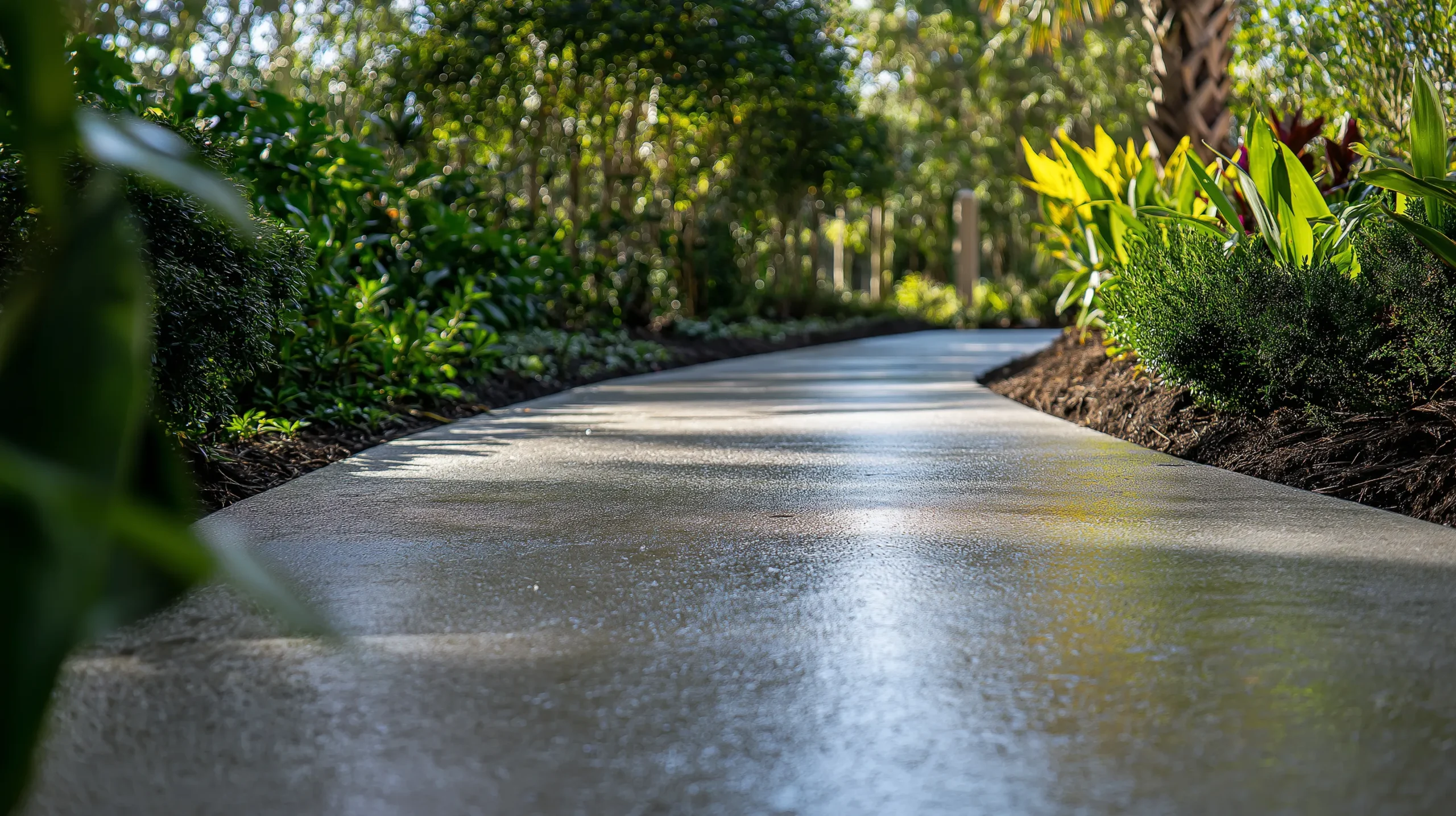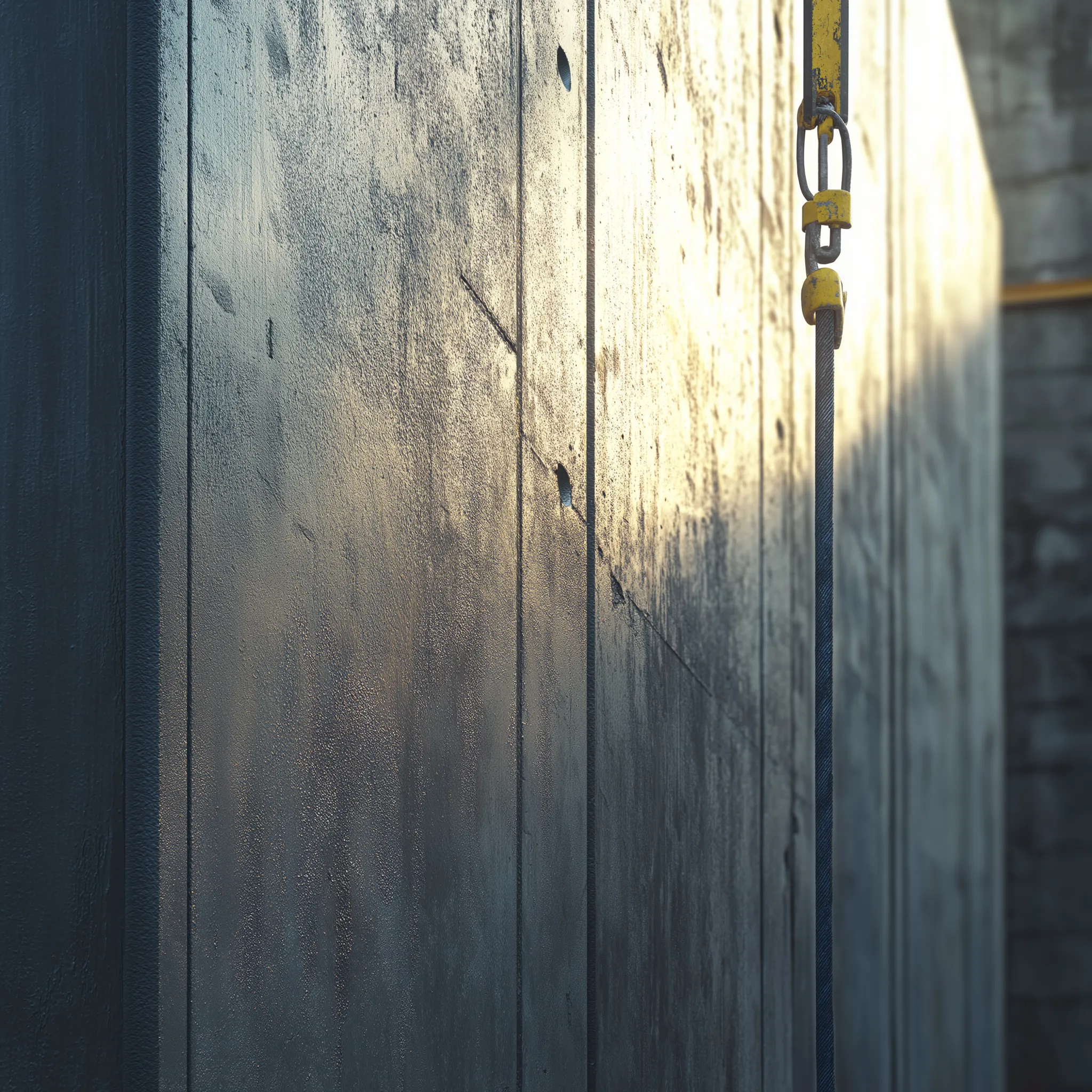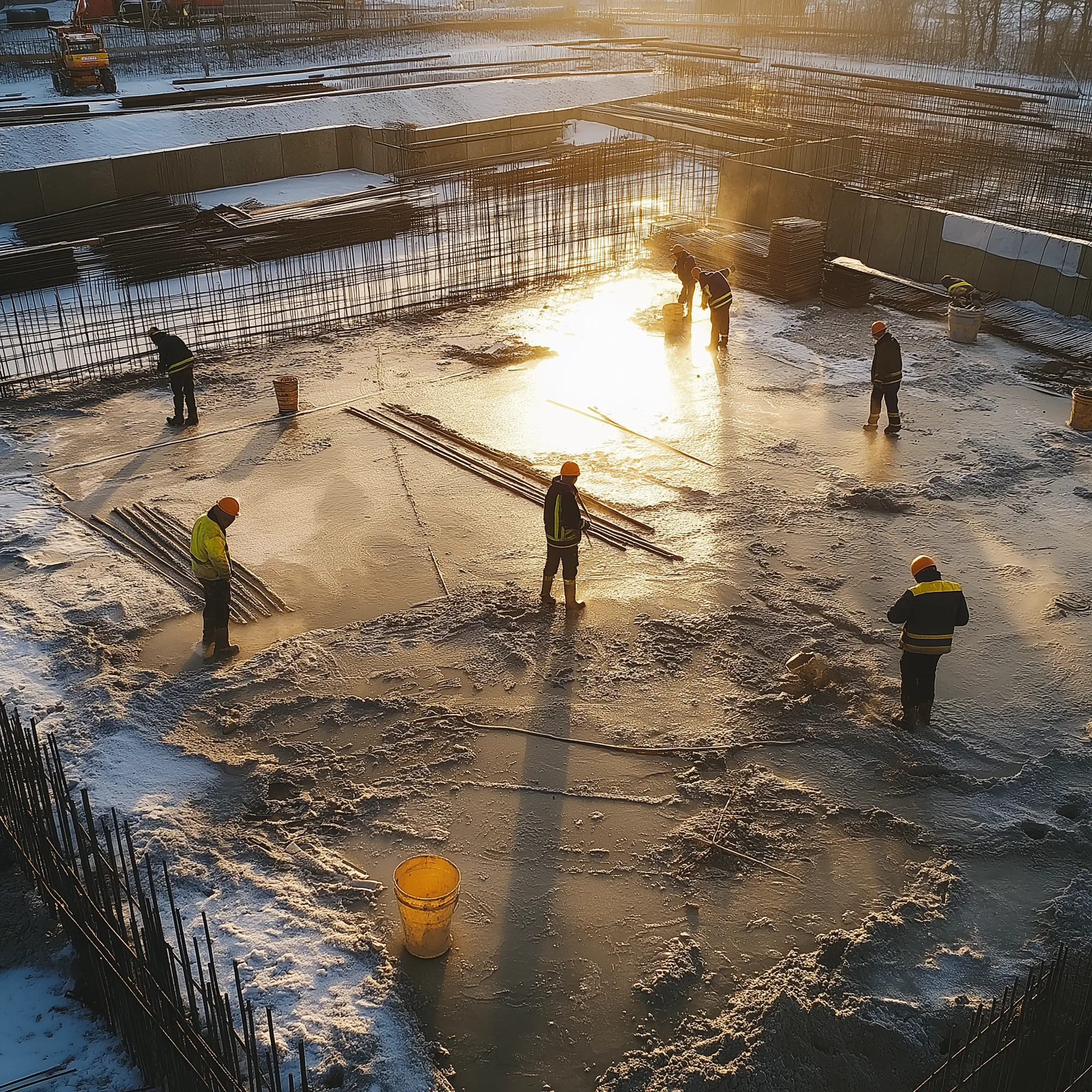Introduction
Tilt-up construction is a widely used building method in the concrete construction industry, particularly for commercial and industrial projects. It involves the on-site casting of large concrete panels, which are then lifted and tilted into place. This guide is specifically tailored for the inside and outside sales teams of concrete construction distributors. It will help you understand the basics of tilt-up construction, its advantages, and how to sell related products, such as tilt-up bond breakers.
Tilt-up Construction Process
The tilt-up construction process can be broken down into the following steps:
Site preparation: The construction site is prepared by leveling the ground, installing utilities, and creating a casting slab. Often, if not most times, the building slab is the casting slab. Other times exterior casting slabs are created because the building slab may not be in place at the time of panels being formed.
Panel design and engineering: The building’s walls are designed, and engineers calculate panel sizes, reinforcement needs, and connection details.
Formwork and reinforcement: Custom or prefabricated forms are built on the casting slab, and steel reinforcement bars are placed within the forms.
Placing and curing: Concrete is placed in the forms and cured with the bond breaker, typically for 5-7 days, depending on weather conditions and mix design.
Bond breaker application: A tilt-up bond breaker is applied to the casting slab to ensure easy separation of the cured panel from the slab.
Panel lifting and placement: Using a crane, the cured panels are lifted, tilted into a vertical position, and carefully placed on the building’s foundation.
Final assembly: Once all panels are in place, they are secured with temporary bracing, and connections are made to the building’s structural frame.
Advantages of Tilt-up Construction
Speed: The on-site casting and curing process allows for faster construction than traditional methods, such as masonry or steel framing.
Cost-effectiveness: Tilt-up construction is often more cost-effective due to reduced labor costs, simplified logistics, and minimized construction waste.
Durability: Concrete panels are resilient against weather, fire, and seismic events, providing long-lasting and low-maintenance structures.
Design flexibility: Architects have the freedom to design creative, unique buildings using various textures, colors, and finishes on the concrete panels.
Energy efficiency: The thermal mass of concrete panels can contribute to reduced energy consumption for heating and cooling the building.
Tilt-up Bond Breakers
Tilt-up bond breakers are critical components in the tilt-up construction process. They are used to cure the casting slab area and facilitate the smooth separation of the cured panel from the casting slab. To sell bond breakers effectively, it’s essential to understand their properties and benefits:
Types: There are various types of bond breakers, including water-based, solvent-based, and reactive chemistries. Each type has its advantages and specific applications.
Features: High-quality bond breakers should be easy to apply, provide consistent coverage, and be compatible with various concrete mixes and curing compounds.
Benefits: Bond breakers not only ensure clean separation but also protect the casting slab for reuse and help maintain the desired finish on the panel’s surface.
Tips for Selling Tilt-up Construction Products
Understand the customer’s needs: Assess the customer’s project requirements, such as panel size, desired finish, and site conditions, to recommend the most suitable products.
Highlight the benefits: Emphasize the advantages of using tilt-up construction and related products, such as cost savings, durability, and design flexibility.
Offer technical support: Providing technical support and guidance for product selection and application can help build trust and long-term relationships.





